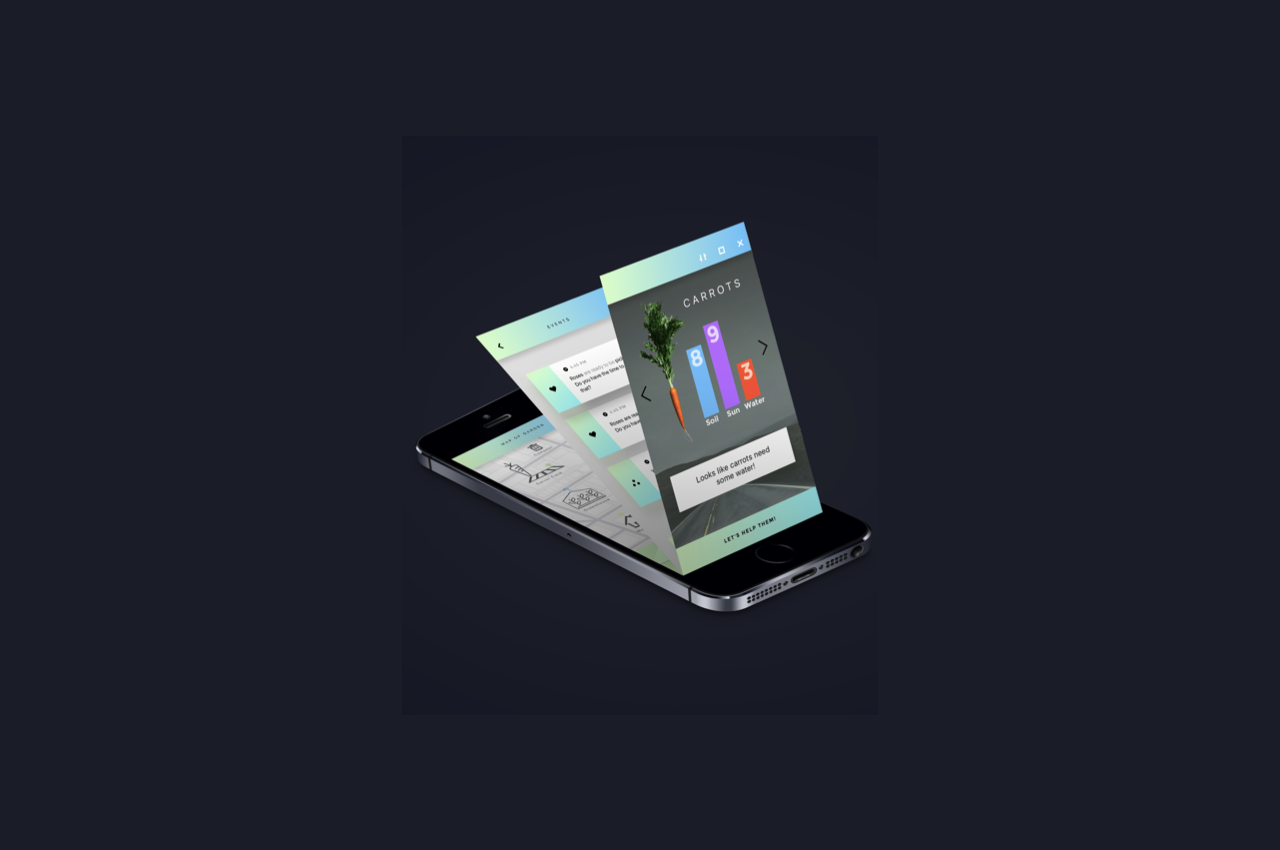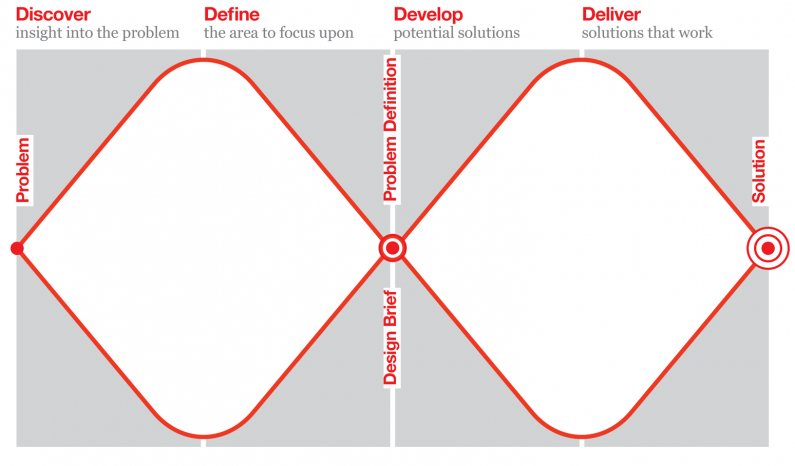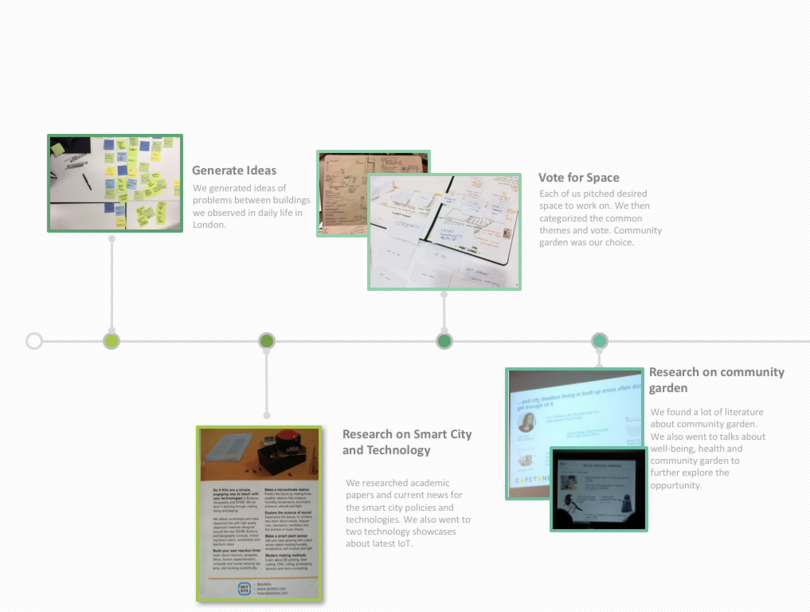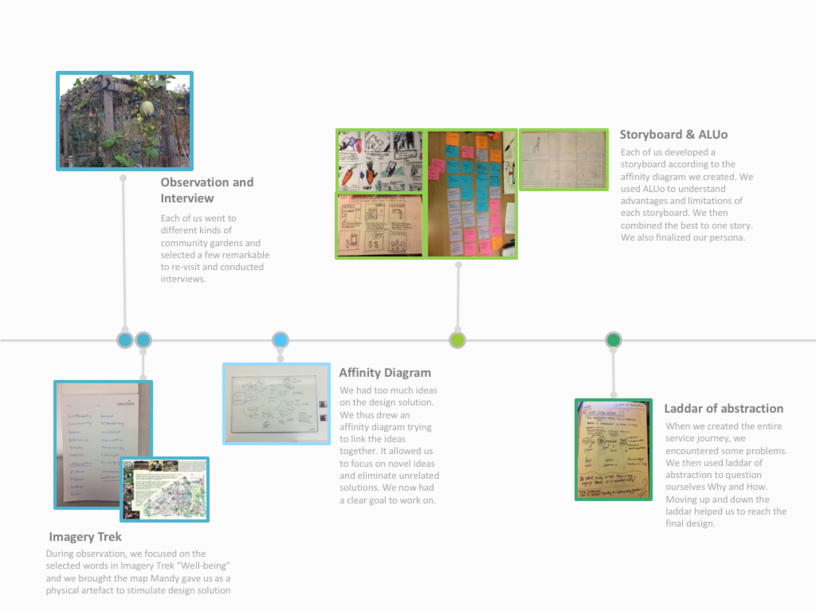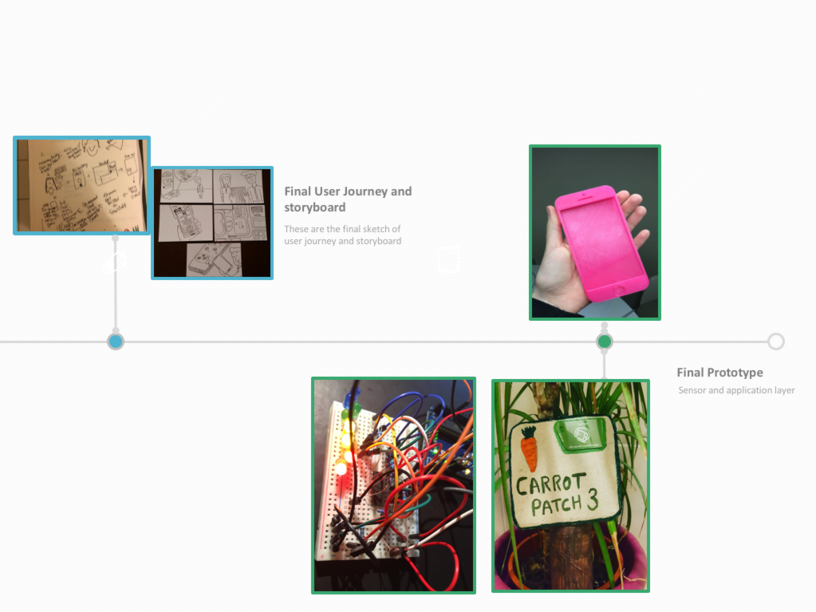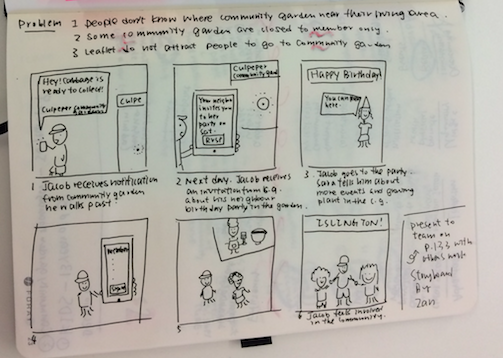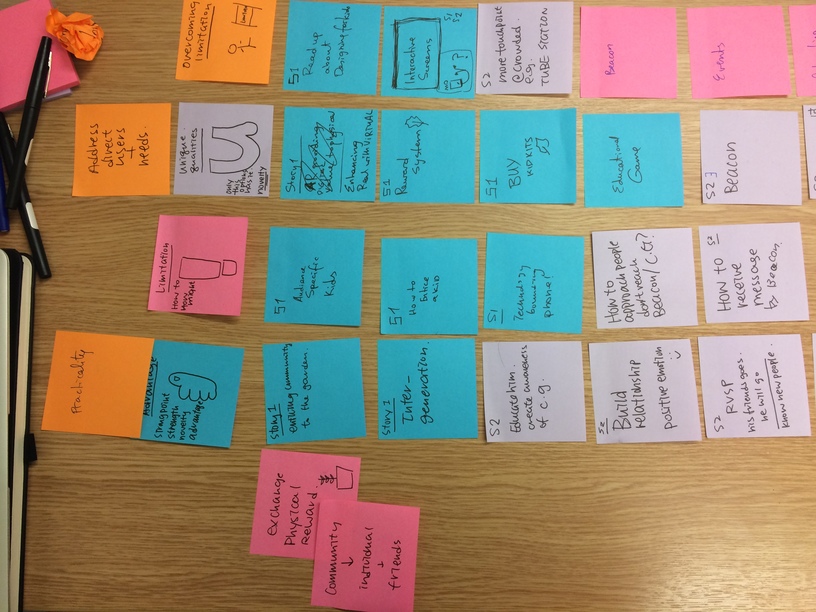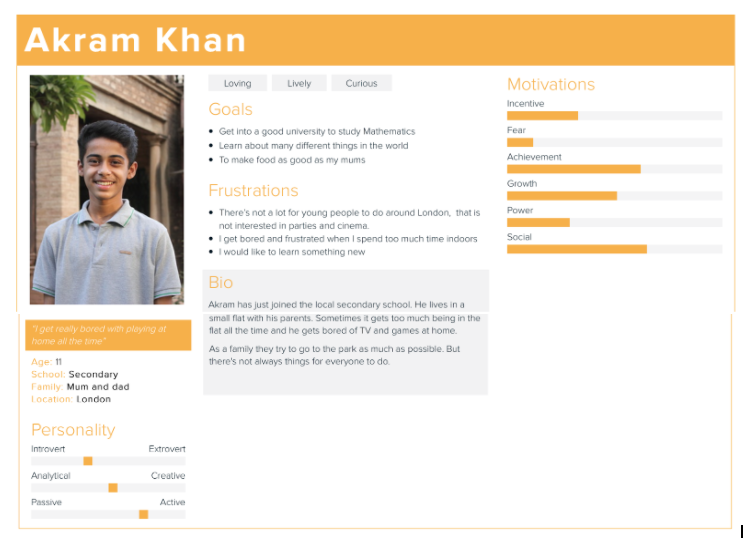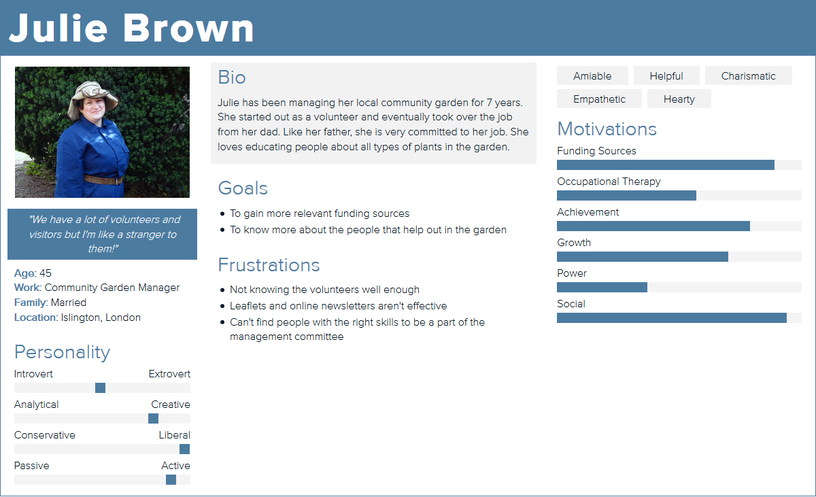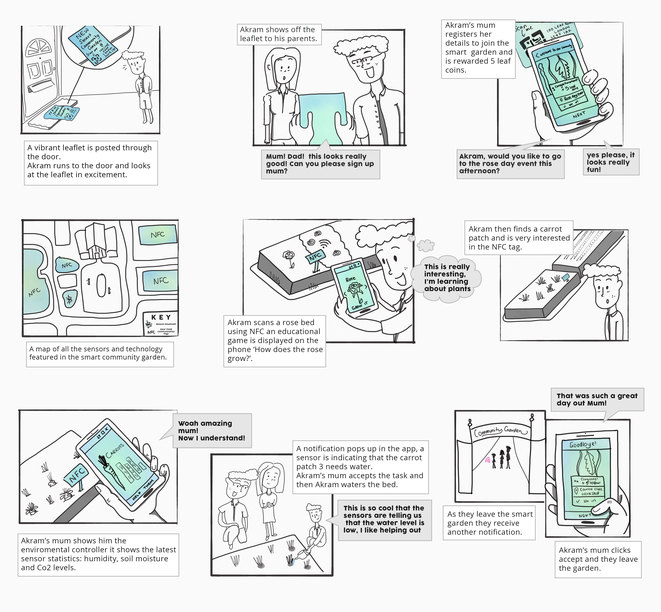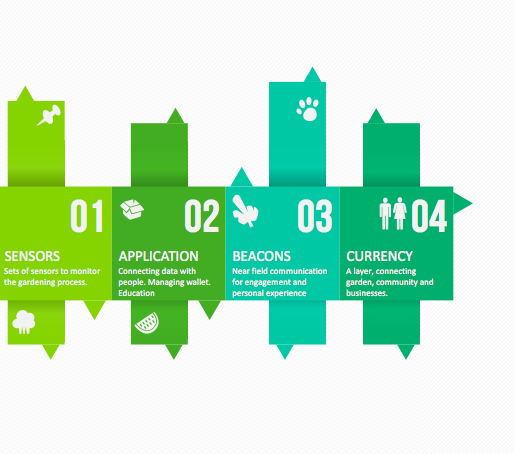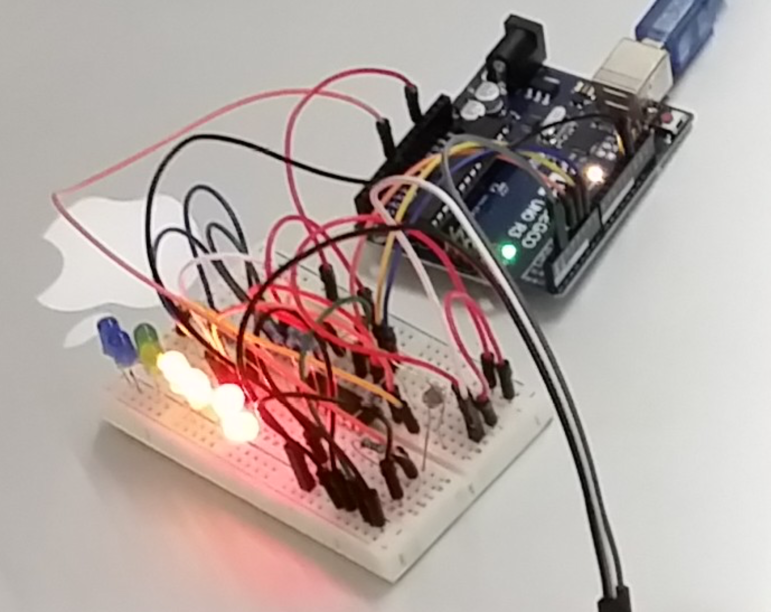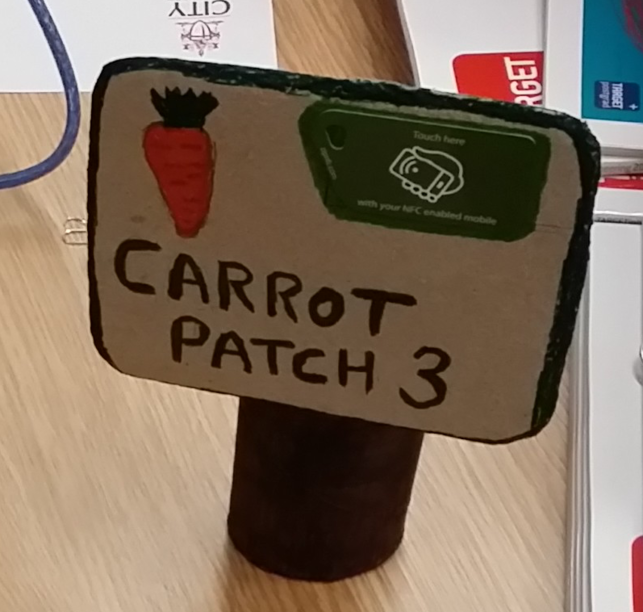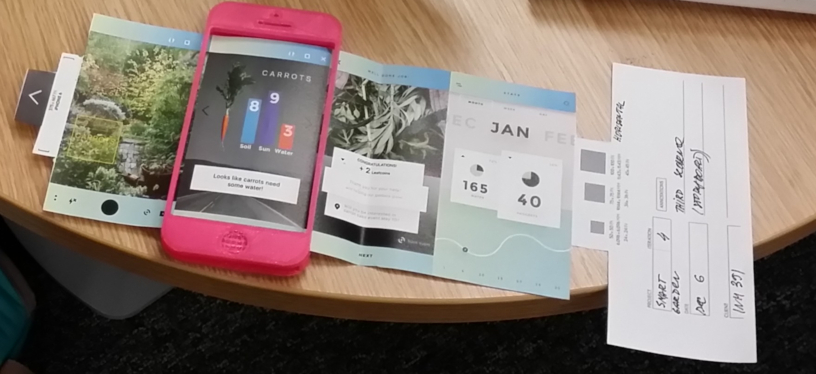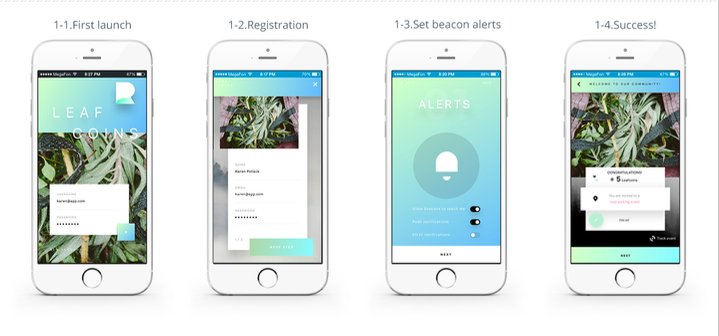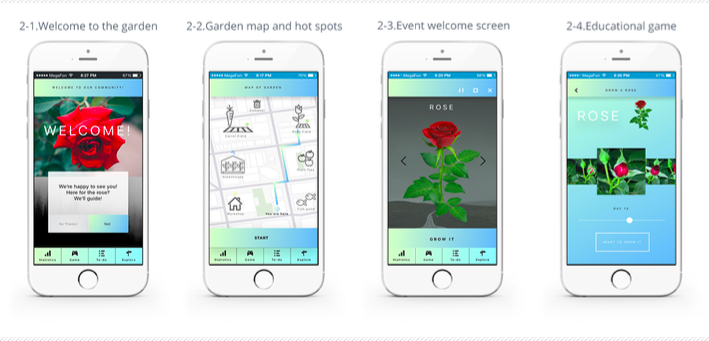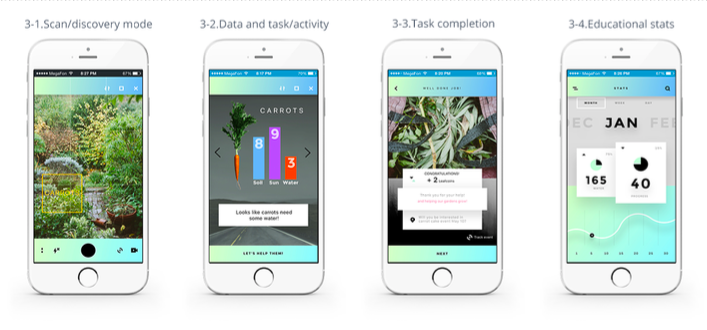Smart Community Garden
Internet of Things | Social Enterprise | DistinctionProject overview
“How might we use smart city technology to enhance the space between buildings?”. This was a group project to answer this design brief. We utilised existing technology such as beacons, sensors and mobile applications to innovate on a community garden experience to arouse teenagers interest in gardening. Its ultimate aim was to strengthen social bond.
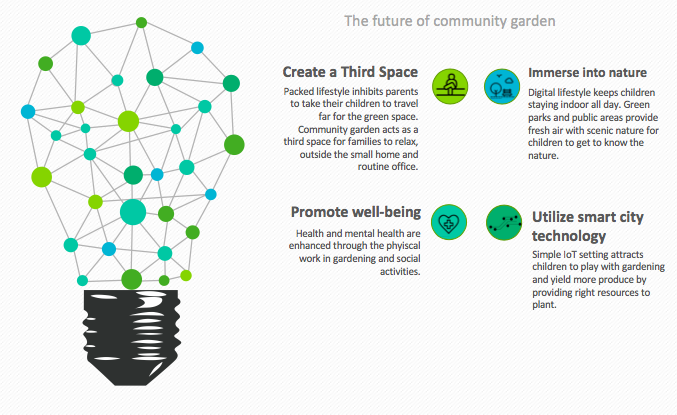
Process
We applied the Double Diamond Model in our design process. Double Diamond is a creative design process developed by British Design Council. It facilitated problem solving by divergent and convergent design thinking.
User research - Discover
We visited four community gardens for domain research. During the visits, we interviewed the community mangers to understand the operation of their community gardens, their user bases and existing challenges. We also interviewed urban gardeners to understand their needs and attitudes.
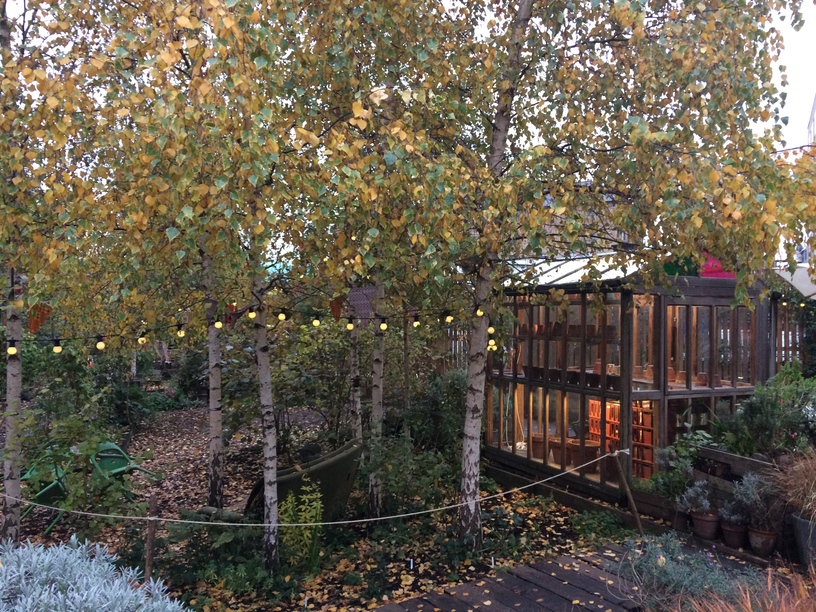
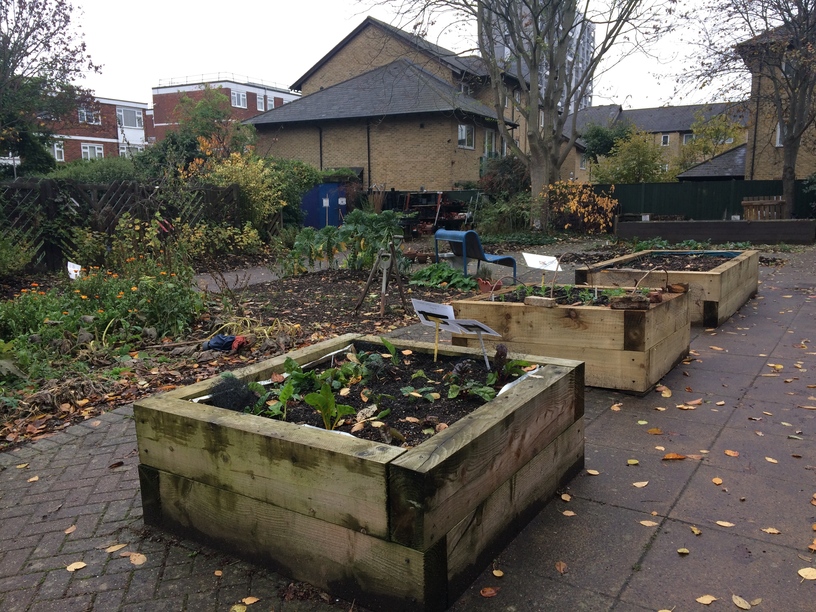
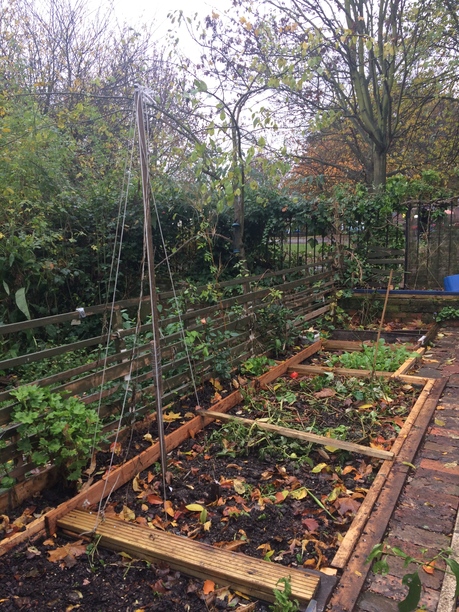
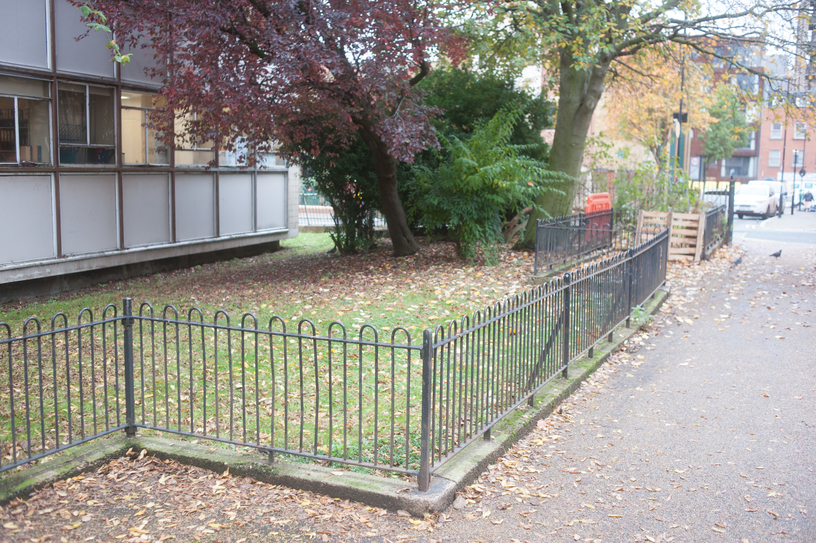
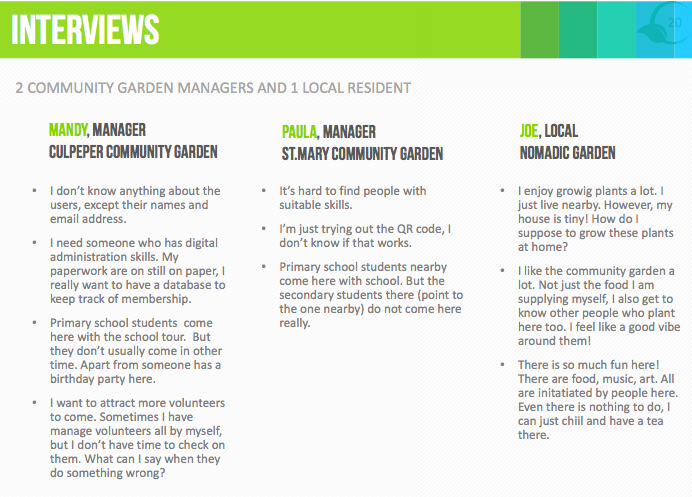
Affinity Diagram - Define
Besides talking to users, we also attended meetups and other events to absorb more knowledge of the current technologies and strategies in urban gardening. After gaining an understanding of stakeholder needs and challenges, we tried to map out different solutions to approach the design brief - How might we use smart city technologies to enhance community garden experience? We converged similar ideas and further investigated their feasibility.
We then gathered all the data and categorised it using post-its on a whiteboard. Through this process, we developed an affinity diagram to understand the relationships between categories. This allowed us to refine the community we design for and the design goals.
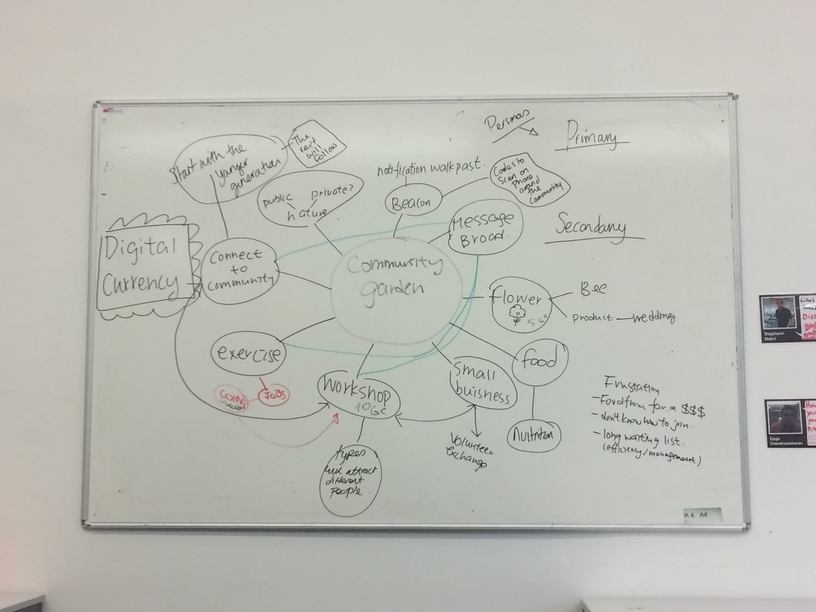
Idea development - Develop
Ideas were developed by individual members and storyboards were shared in a design meeting. Since the ideas produced were quite different, we used ALUo and Ladder of abstraction techniques to explore the A-advantages, L-limitations, U-unique features and o-opportunities of 4 different approach proposed.
We also used Ladder of Abstraction technique by asking ourselves “How” and “Why” questions to shape solutions concisely. This allowed us to combine the benefits of each design and find out solutions to the common problems among ideas.
After we had a concrete persona produced, we refined the user journey by role play among members. The natural conversation between persona allowed us to put overselves into the users' shoes and stimulated empathy. This helped us further understand the users' needs and connect different touch points in the service design.
Prototype - Deliver
We delivered three prototypes for our design solution. We aimed at providing a bridge between technology and gardening. By activating information via beacons, tracking their plant via sensors and sharing their progress by a mobile application, youngsters were encouraged increase their involvement in their community gardens.
My sketch book
I documented my ideas, mind map, design throughout the project in the sketchbook.
My roles
- User research - literature review, observation study, interviews
- Design - designed mobile application user interface
